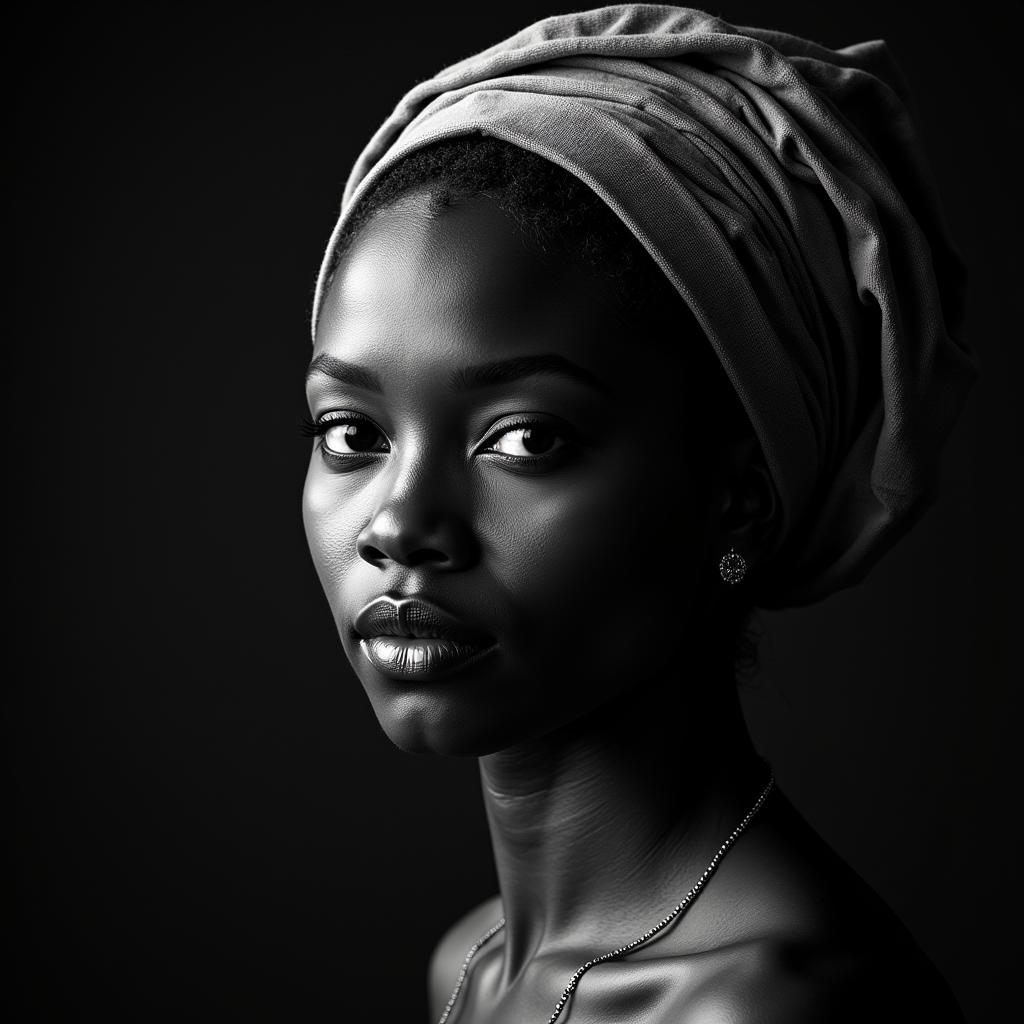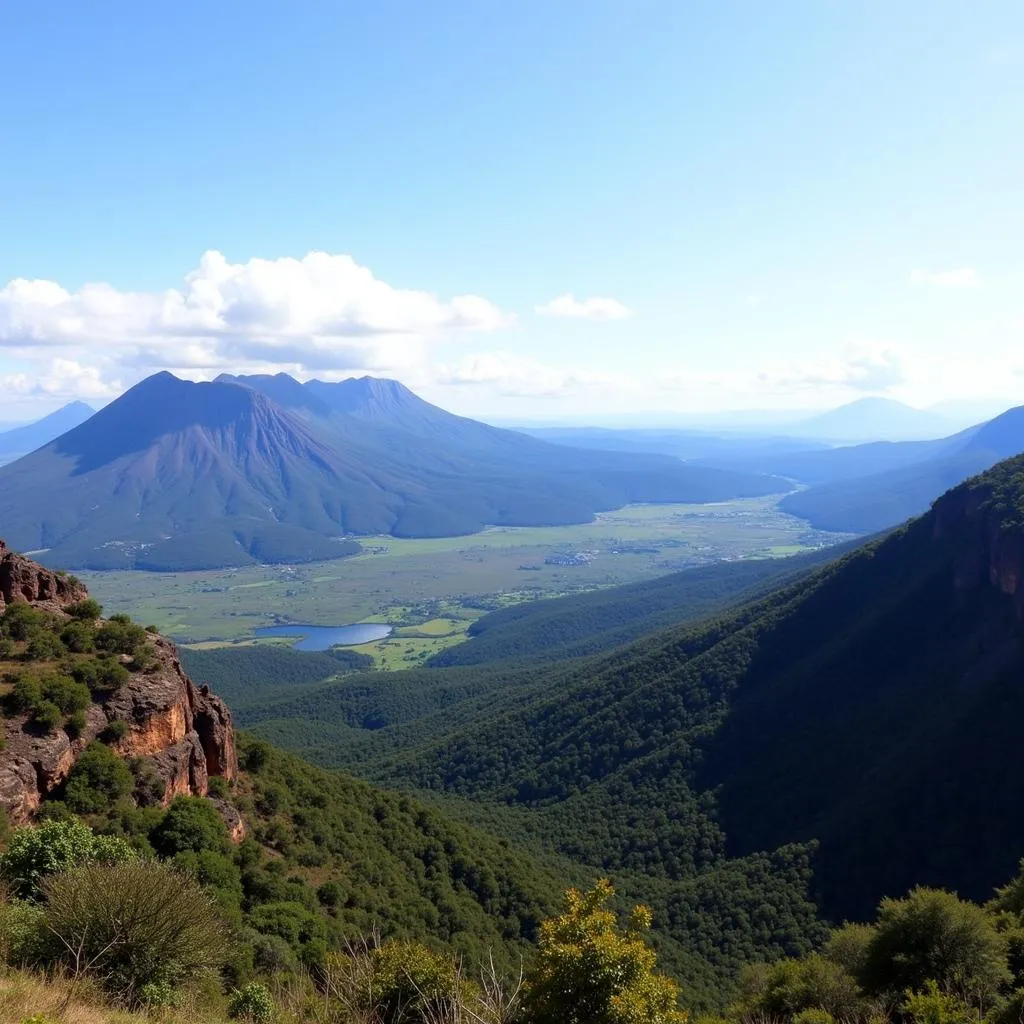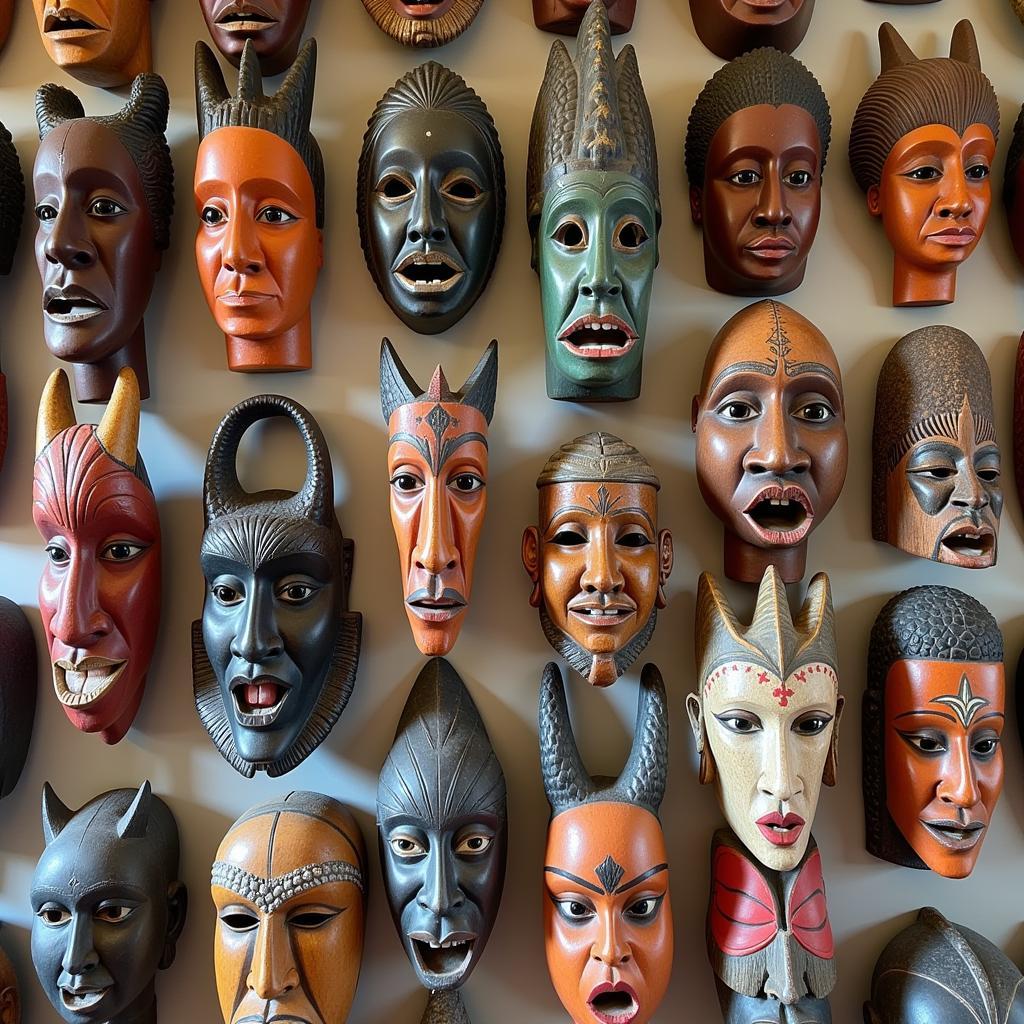African Beautiful Flowers: A Journey Through the Continent’s Floral Majesty
Africa, a continent renowned for its diverse landscapes and rich cultural heritage, is also home to a breathtaking array of beautiful flowers. From the vibrant blooms of the savanna to the delicate petals found in hidden rainforests, African Beautiful Flowers captivate the senses with their vibrant colors, intricate shapes, and intoxicating scents. This journey through the continent’s floral majesty will unveil the stories behind these botanical wonders and delve into their cultural significance.
Unveiling the Diversity of African Beautiful Flowers
The sheer variety of African beautiful flowers is astounding. Factors such as climate, altitude, and soil type contribute to the unique floral tapestry found across the continent. The iconic Protea, with its large, artichoke-like blooms, reigns supreme in South Africa’s Cape Floral Kingdom, a UNESCO World Heritage site recognized for its exceptional biodiversity.
Venture north, and the landscape transforms into vast savannas where acacia trees, adorned with golden yellow puffs of flowers, provide shade to wildlife and nourishment to pollinators. The baobab, known as the “Tree of Life,” produces enormous, white, lily-like flowers that hang from long stalks, adding to the mystique of these ancient giants.
Beyond Beauty: The Cultural Significance
African beautiful flowers are deeply intertwined with the continent’s cultural practices and beliefs. In many cultures, they symbolize purity, love, and celebration. The vibrant red and orange hues of the Bird of Paradise, for instance, have earned it a place of honor in traditional ceremonies and festivals.
The African Violet, with its delicate purple petals, holds a special place in many homes. Its ability to bloom indoors throughout the year makes it a symbol of hope and resilience. In some cultures, specific flowers are associated with healing properties and are used in traditional medicine.
Exploring Iconic African Beautiful Flowers
African Daisy: Also known as the Cape Marigold, this cheerful flower brightens gardens and landscapes with its vibrant shades of orange, yellow, and pink. Its ability to thrive in dry conditions makes it a popular choice for gardens across the continent.
Hibiscus: African hibiscus is a symbol of beauty and femininity in many African cultures. The large, showy blooms come in a variety of colors, from deep red to bright yellow, and are often used to make refreshing beverages and herbal teas.
Protea: This iconic South African flower is known for its striking appearance and long vase life. Proteas symbolize strength, courage, and transformation, making them a popular choice for bouquets and floral arrangements.
Strelitzia: Commonly known as the Bird of Paradise, this unique flower resembles a crane’s head with its sharp, colorful bracts. It represents joy, paradise, and freedom, and is often used in tropical-themed floral arrangements.
Conservation Efforts for Future Generations
While African beautiful flowers continue to enchant, it is crucial to acknowledge the threats they face due to habitat loss, climate change, and unsustainable harvesting practices. Numerous organizations and individuals are dedicated to conserving these botanical treasures for future generations.
Efforts include establishing protected areas, promoting sustainable harvesting methods, and raising awareness about the importance of biodiversity conservation. By supporting these initiatives, we can all contribute to the preservation of Africa’s remarkable floral heritage.
Conclusion
From the rugged peaks of Mount Kilimanjaro to the lush rainforests of the Congo Basin, African beautiful flowers paint the continent with vibrant hues and intricate designs. They are not just a feast for the eyes but also an integral part of Africa’s cultural heritage and ecological diversity. As we admire their beauty, let us also remember the importance of their conservation, ensuring that these botanical wonders continue to thrive for generations to come.


